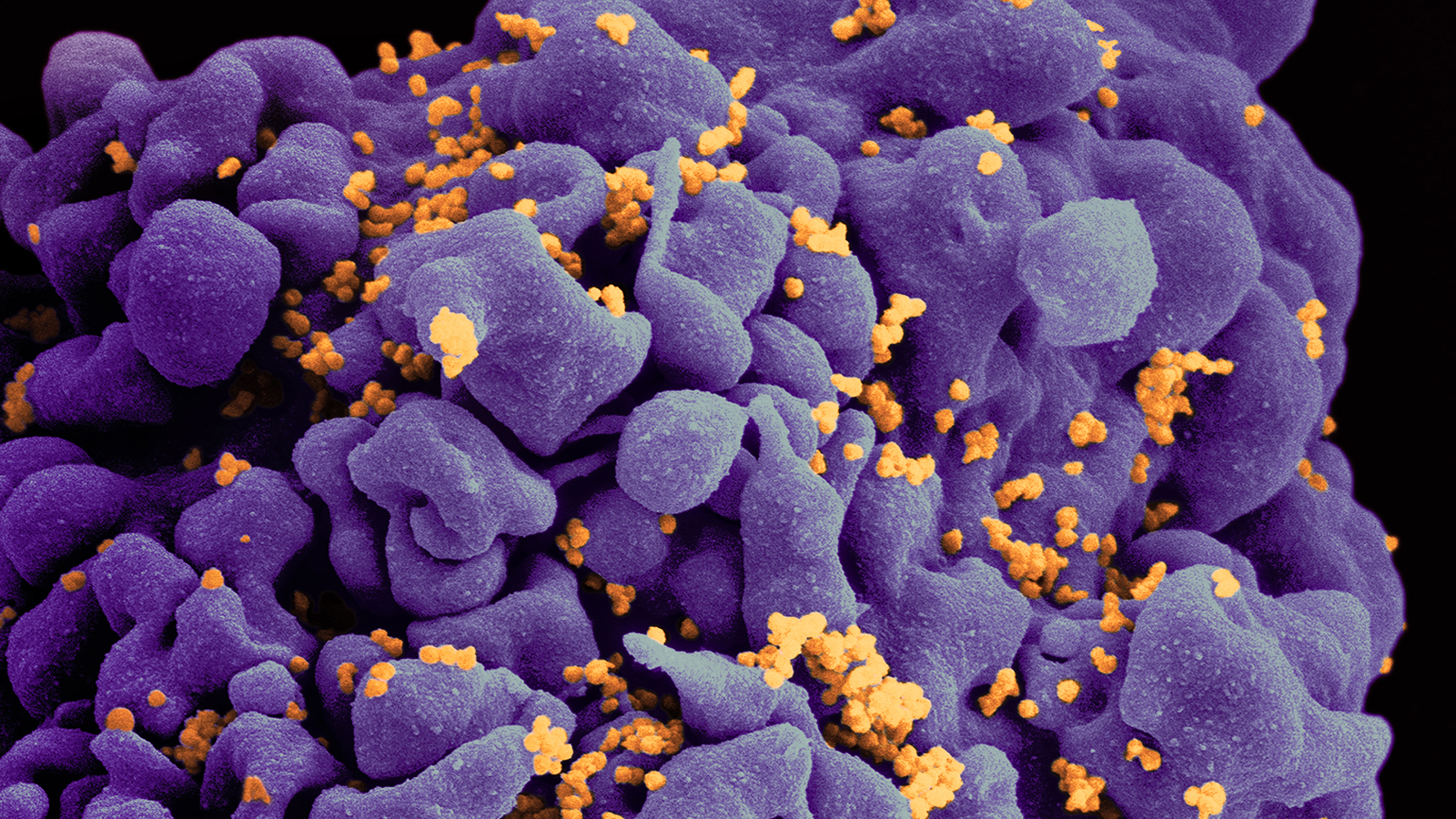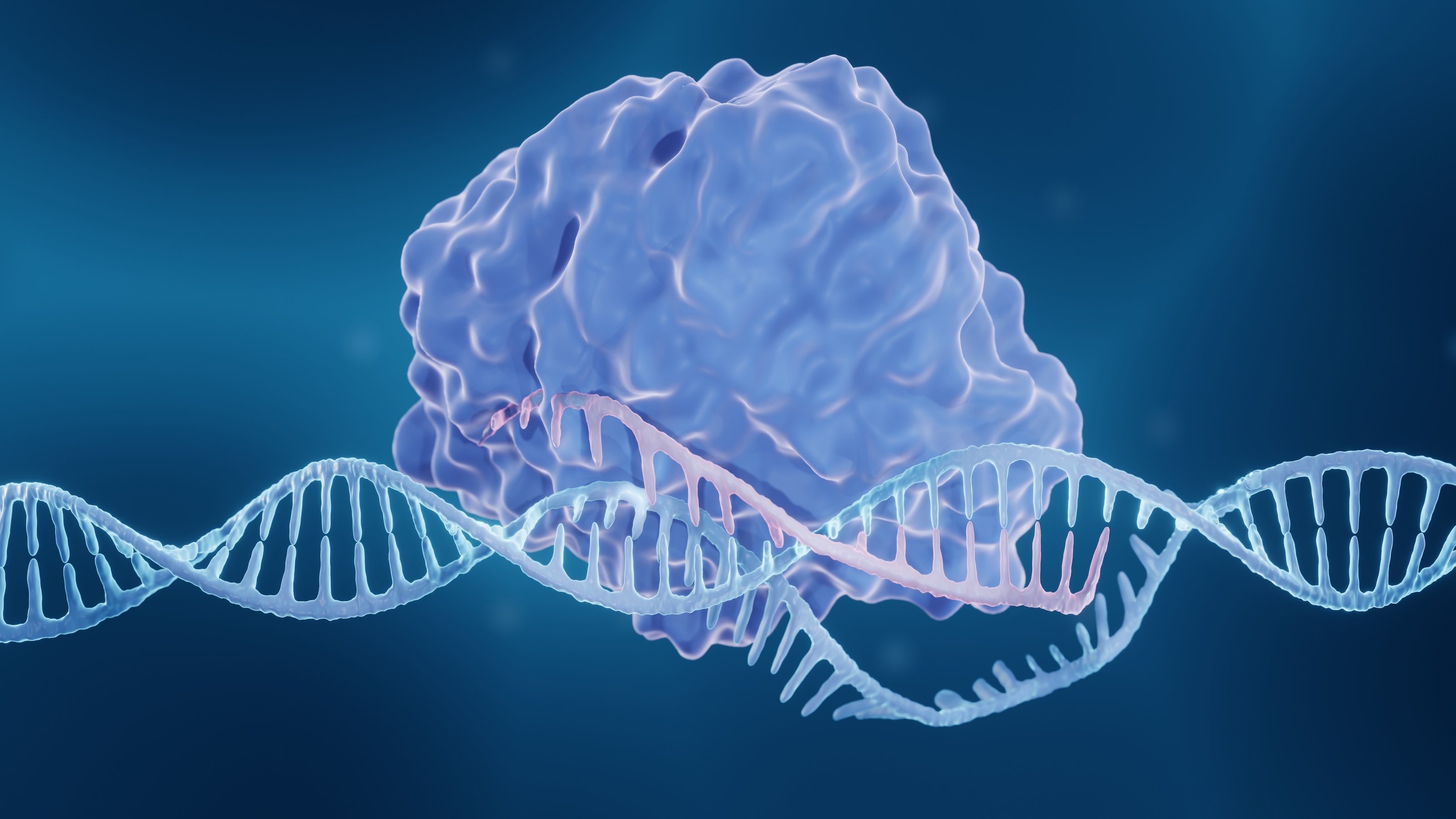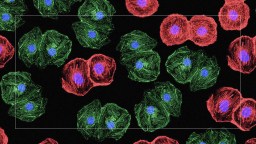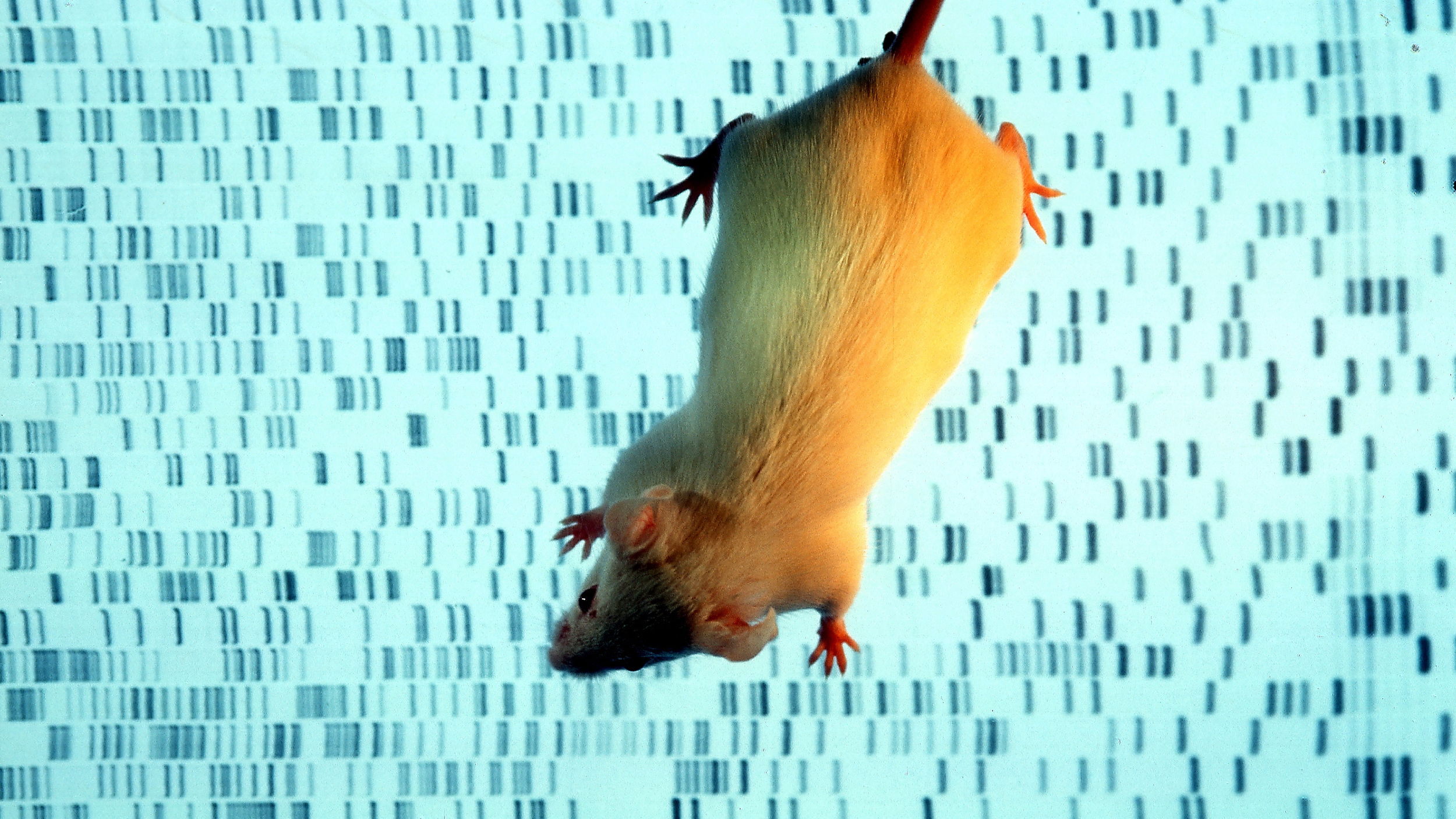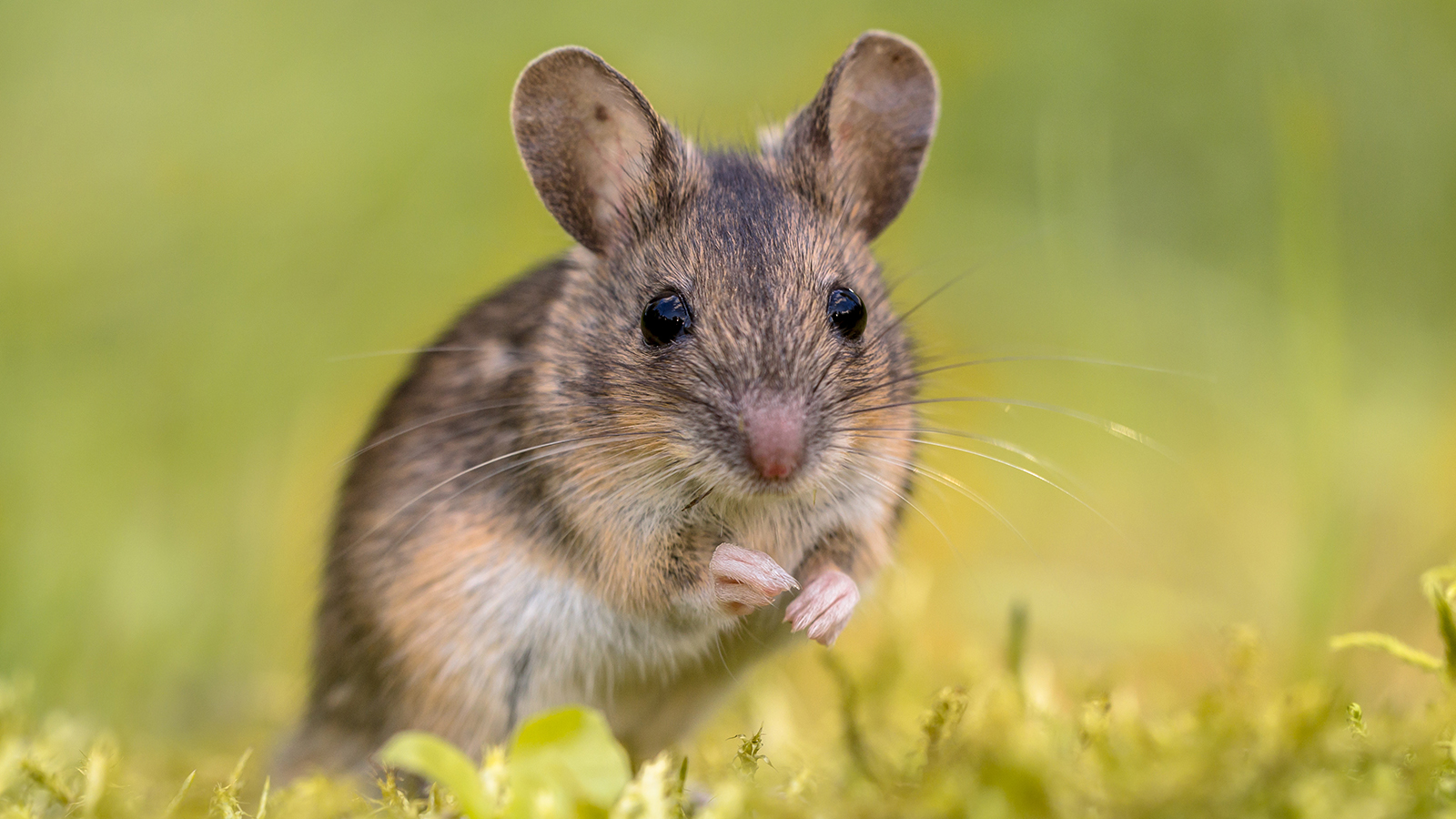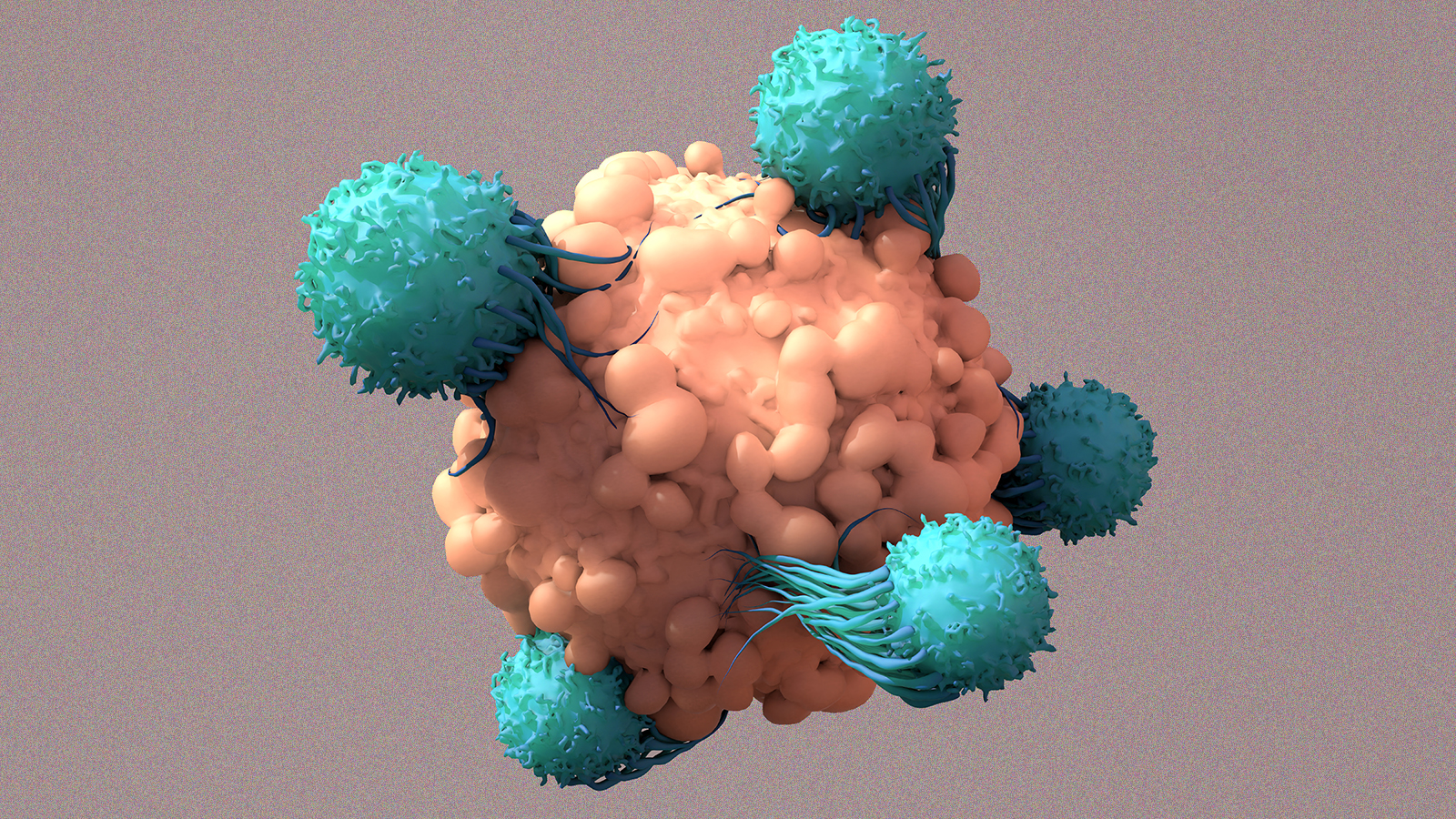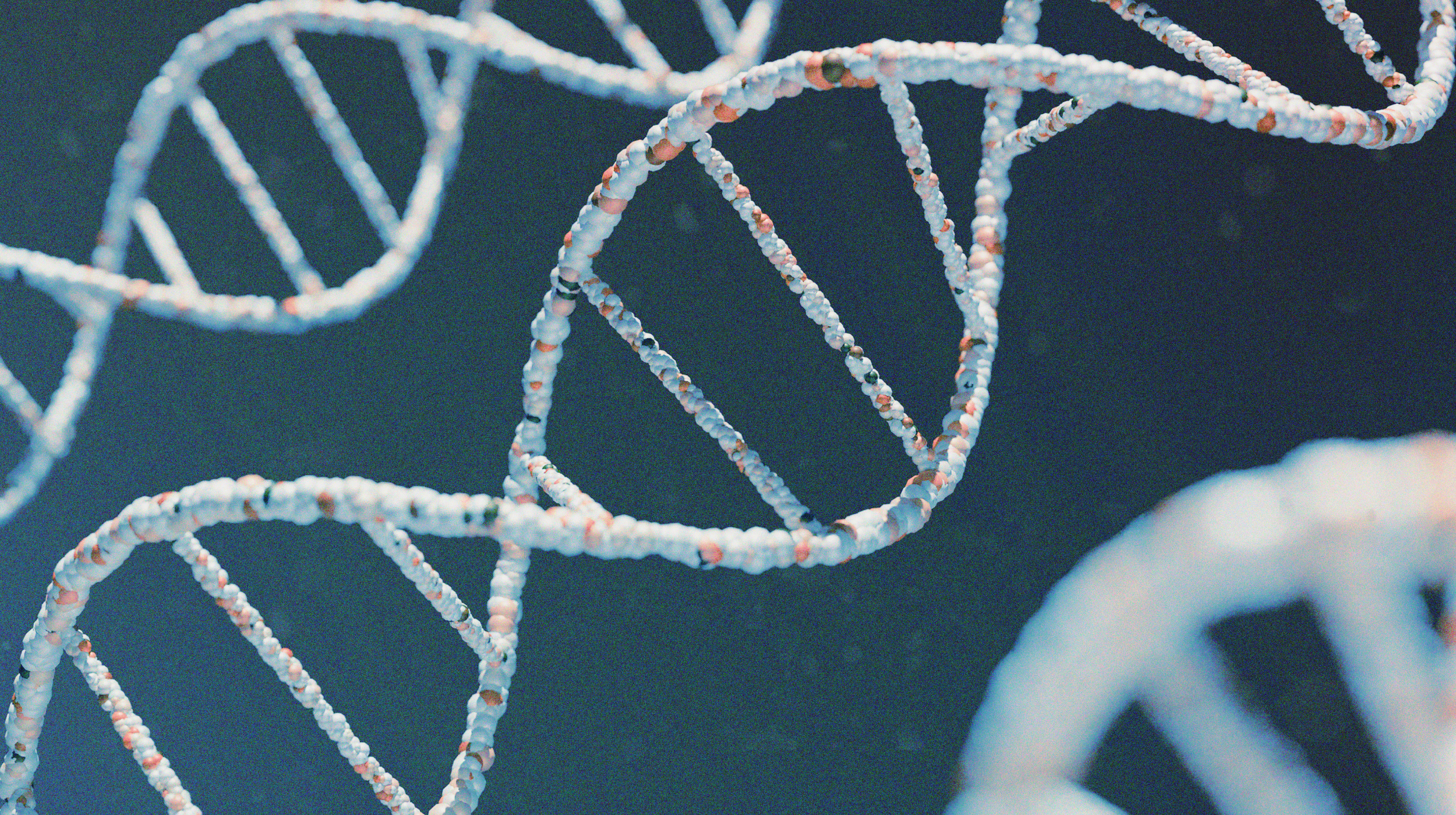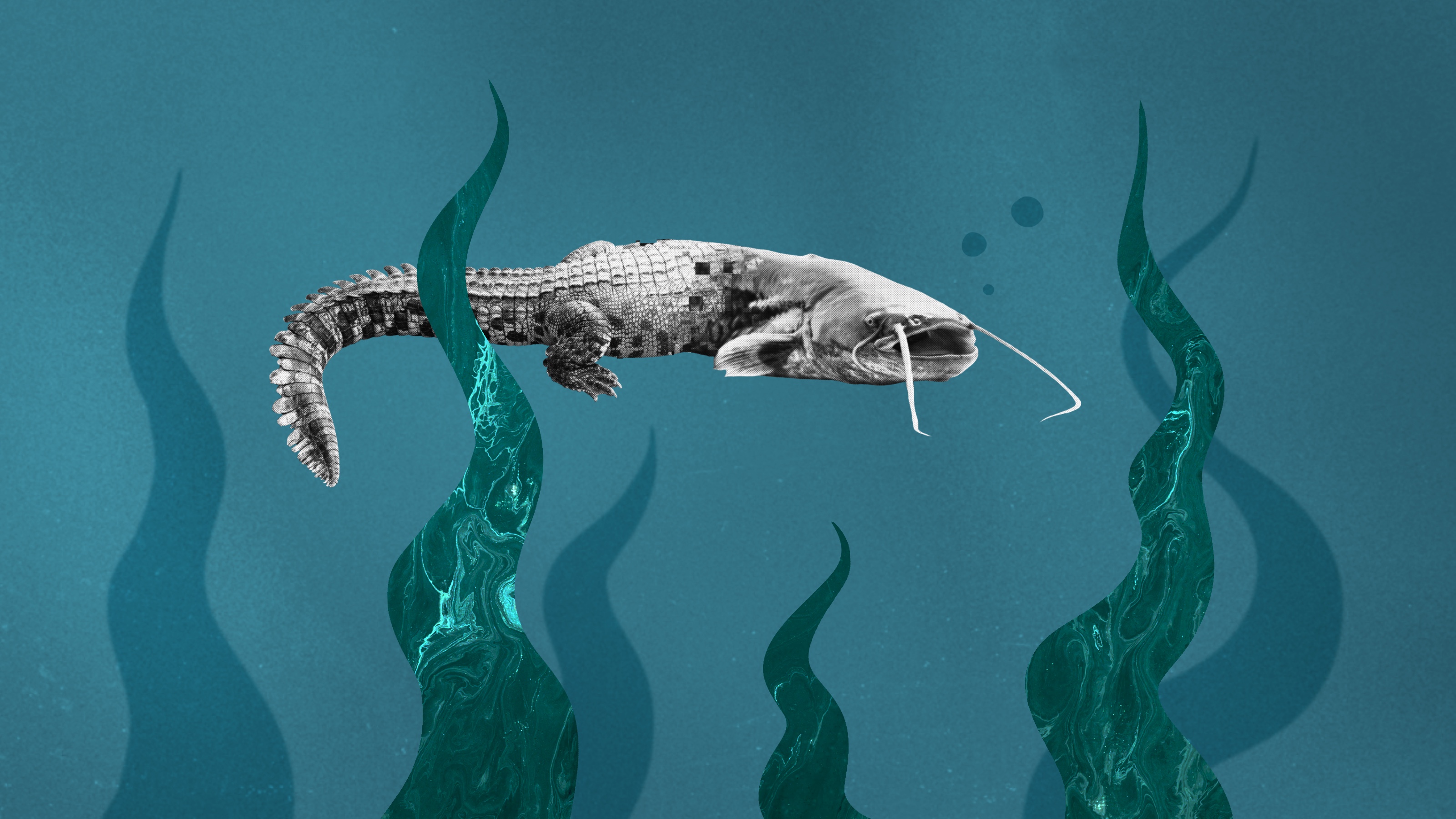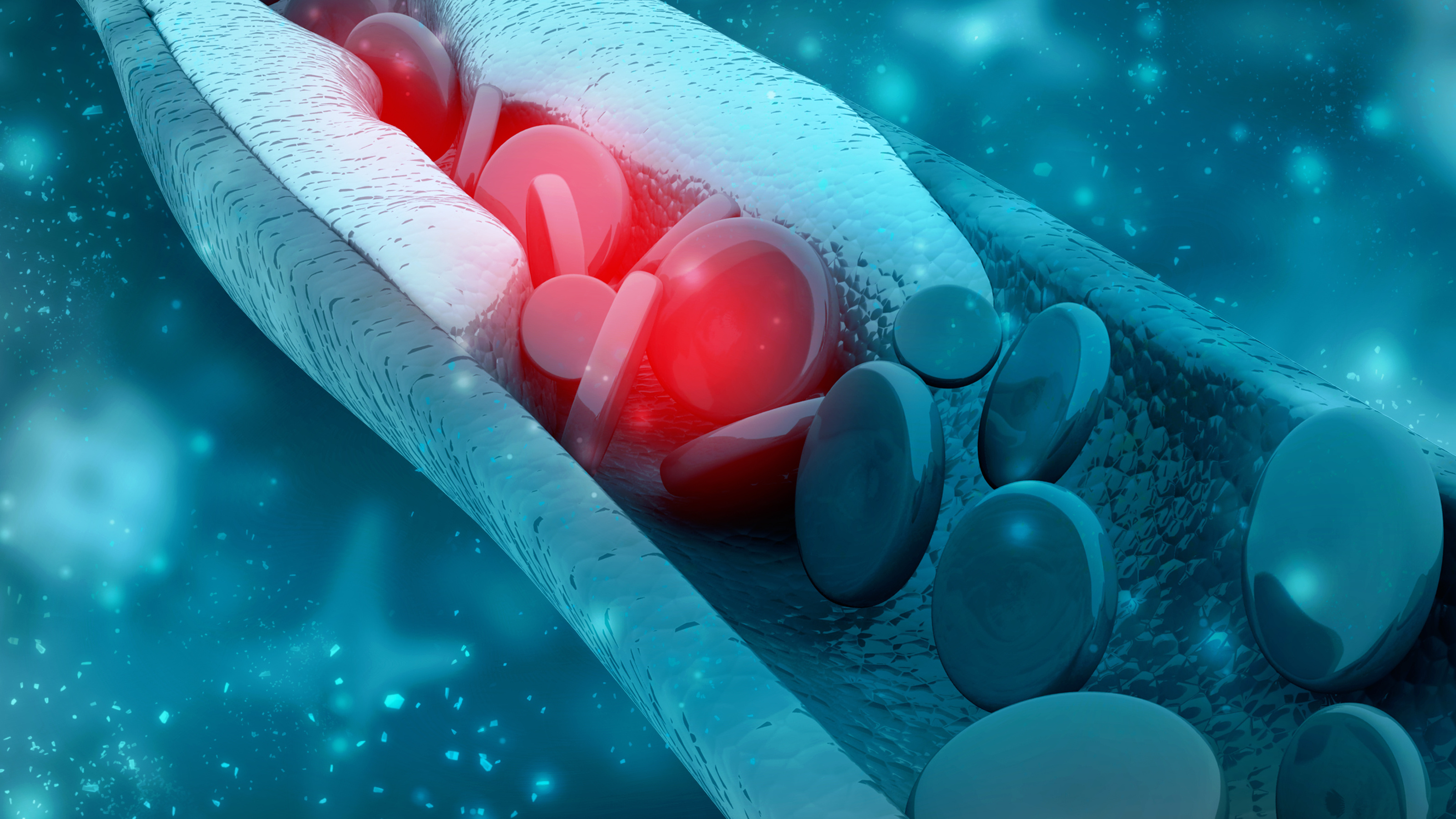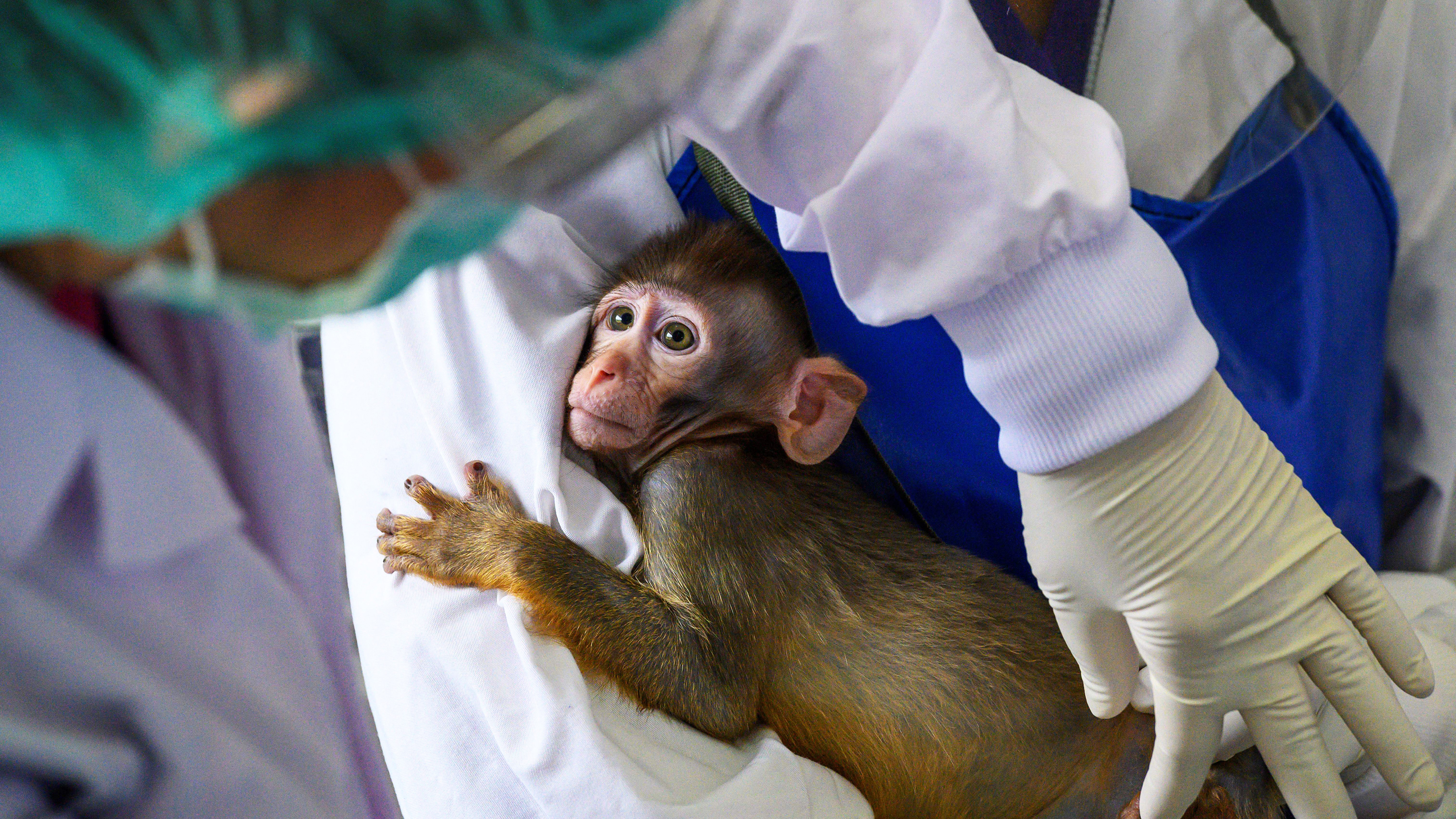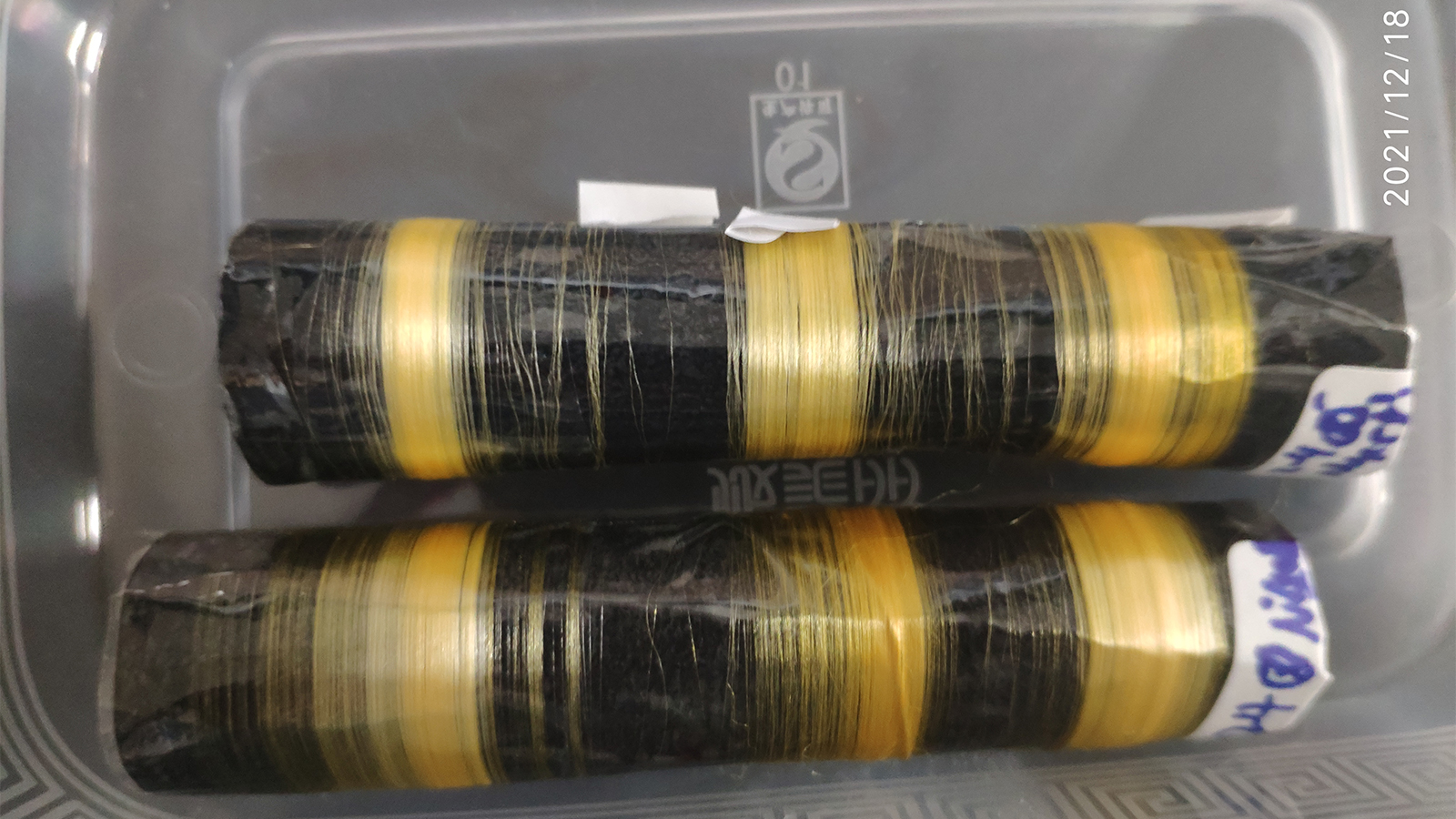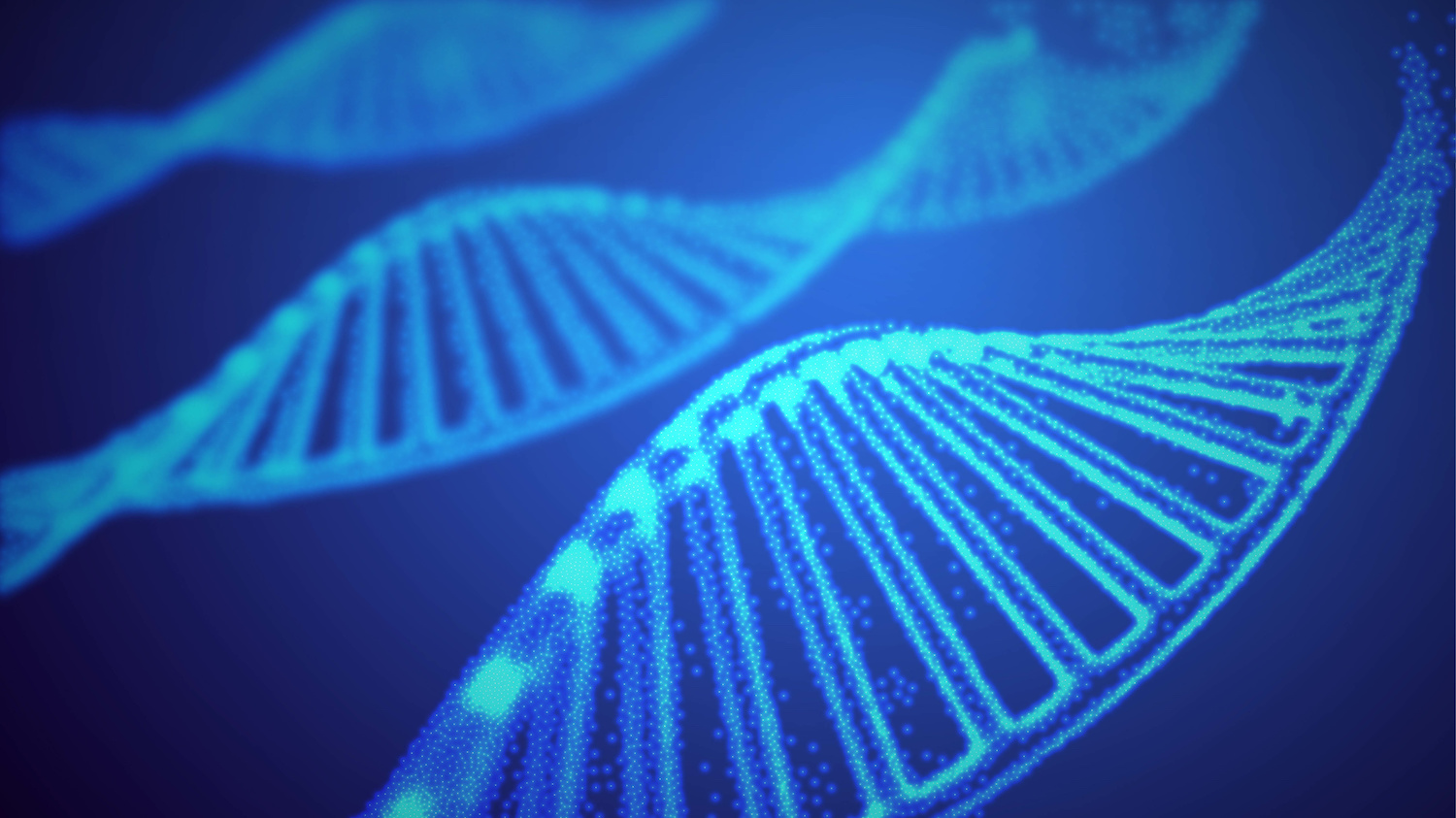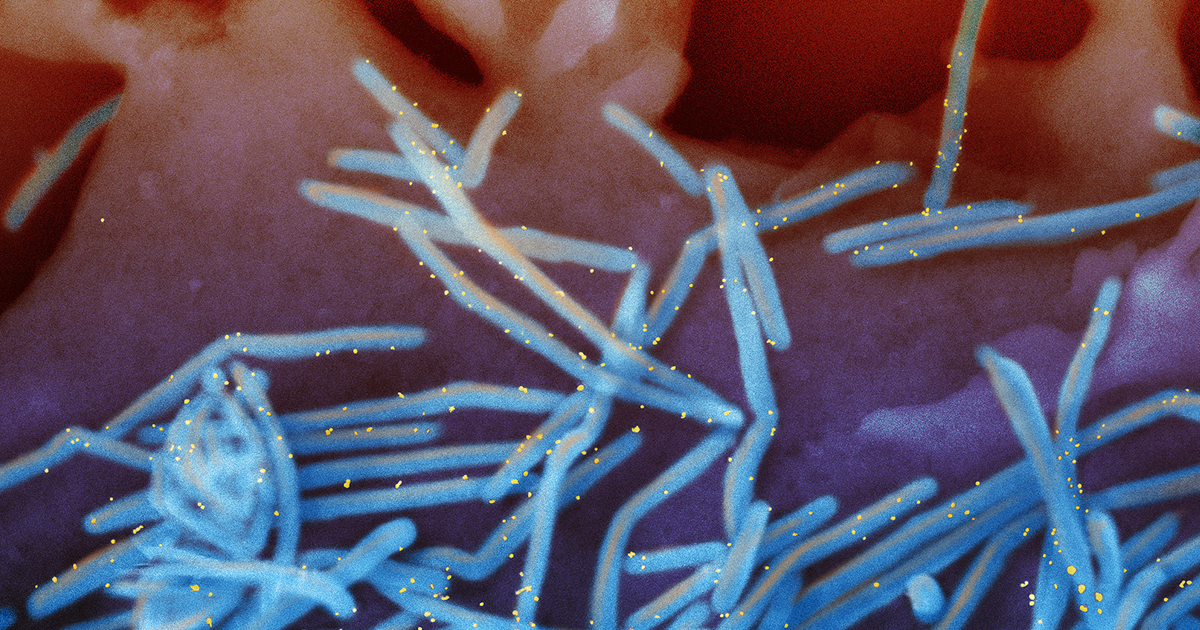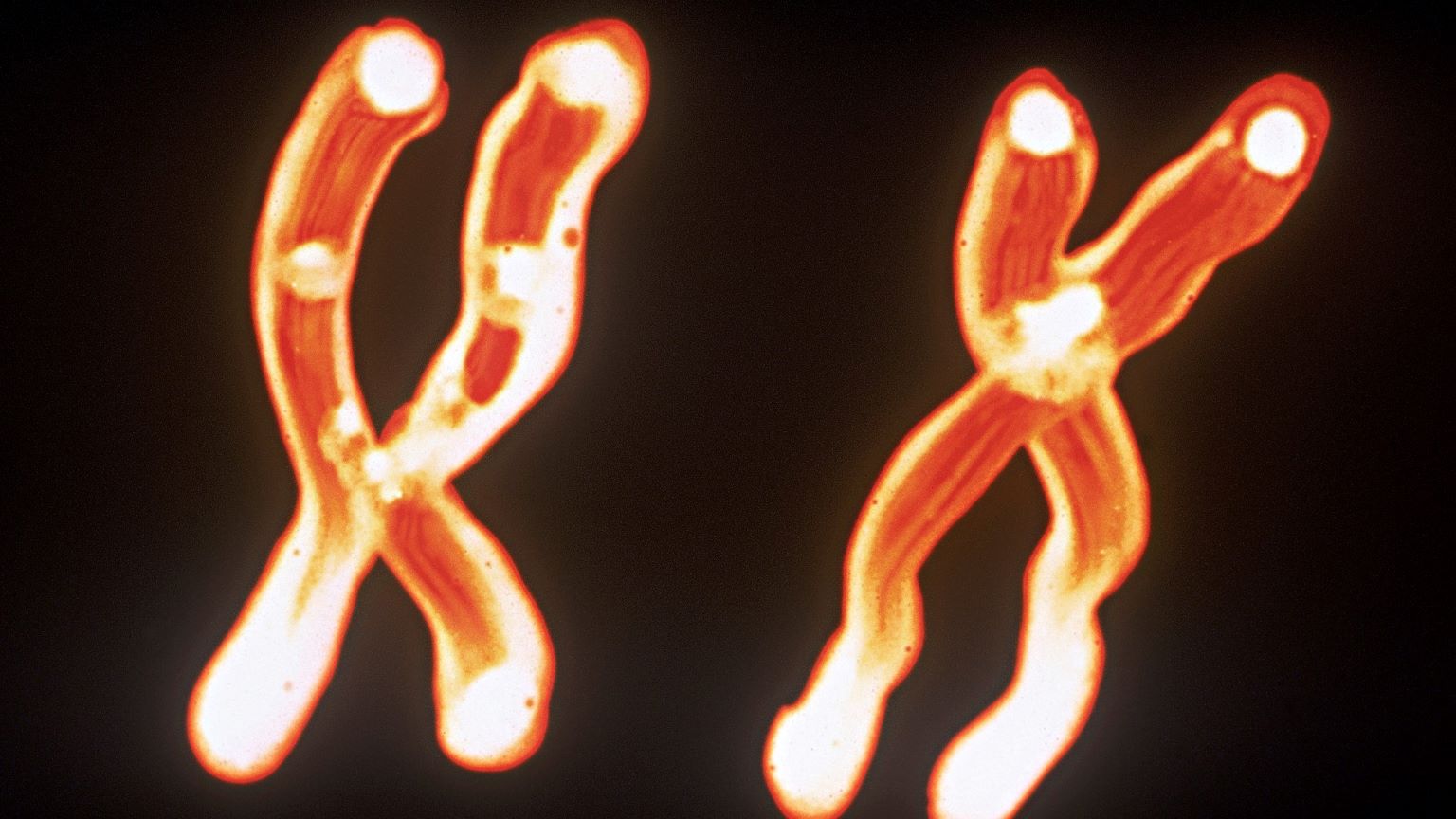EBT-101 is not the only candidate for an HIV cure. Stem cell transplants, medications, and other CRISPR therapies are being researched.
Search Results
You searched for: crispr
Forget AI. Gene editing is still our most powerful — and dangerous — technology.
▸
5 min
—
with
Once activated, the CRISPR-Cas12a2 system goes on a rampage, chopping up DNA and RNA indiscriminately, causing cell death.
CRISPR, stem cells, and even cancer drugs are helping shape an AIDS-free future.
The first-of-its-kind approval could change how we think about gene-edited foods.
CRISPR’s gene drive can defy evolution. Here’s how, explained by Nobel Prize winner Jennifer Doudna.
▸
6 min
—
with
The study is a solid step toward developing gene therapies against neurodevelopmental disorders.
Merely 256 genetically engineered mice could make an island’s pest population go extinct.
This small phase 1 study suggests that CRISPR-engineered T cells are safe and potentially effective, but there is a long way to go.
An interview with CRISPR co-discoverer and Nobel Prize-winner Dr. Jennifer Doudna.
The first human trial of base editing delivered strong results along with some safety concerns.
An innovation’s value is found between the technophile’s promises and the Luddite’s doomsday scenarios.
Disease kills off 40% of farmed catfish. This gene protects them.
It could permanently lower cholesterol — and permanently reduce your risk of having a heart attack.
The potential benefits of returning the thylacine to Australia make the project worth the effort.
A cure may be on the horizon.
The milestone puts us one step closer to ending the organ shortage.
The new documentary “Make People Better” leans toward a different narrative about gene-editing than we’ve heard before.
Today’s popular weight-loss drugs could soon be joined by brain stimulation and gene therapies.
You can’t farm spiders — but putting spider genes into silkworms works even better.
The development of the revolutionary gene-engineering tool CRISPR is a tale fit for the big screen.
It was a particularly good year for biotech and medical technology. There were also notable advances in energy.
Science has come a long way since Mary Shelley penned “Frankenstein.” But we still grapple with the same questions.
The results of a recent study found that genetically engineering cats could be a solution to eliminating cat allergies.
While Y chromosome loss was first observed in 1963, it was not until 2014 that researchers found the link to a shorter life span.
We can’t edit tweets, but we can edit our own DNA.
▸
5 min
—
with
It marks a breakthrough in using gene editing to treat diseases.
Three cutting-edge techniques – the gene-editing tool CRISPR, fluorescent proteins and optogenetics – were all inspired by nature.
A common weed uses uncommon types of photosynthesis.
She helped create CRISPR, a gene-editing technology that is changing the way we treat genetic diseases and even how we produce food.
